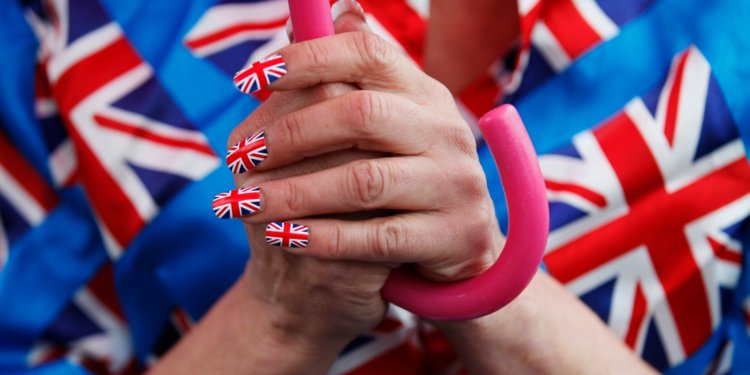100 years and 363 days on, another ‘coupon’ election in Britain?

The announcement of an election pact by three ‘Remain’, pro-European parties – the Liberal Democrats, Greens and Plaid Cymru – is a throwback to 1918, a momentous year for Britain electorally.
The election of 1918 was held on December 14, just two days after the UK goes to the polls this year. As in 1918, electoral cooperation is the order of the day. This year it is the Lib Dems, Greens and Plaid. In 1918, it was the Liberals and the Conservatives. This year, the three cooperating parties have said they will step aside for each other in 60 seats across England and Wales. In 1918, Liberal candidates who had supported the coalition government of David Lloyd George during WWI received a letter of support signed by both Lloyd George and Andrew Bonar Law, leader of the Conservative Party. Herbert Asquith, official leader of the Liberals, referred to the letter as a “coupon” and the title stuck. Nearly 160 Liberal candidates received the “coupon”. That endorsement from Lloyd George, the “man who had won the war”, led to the following result: The Conservatives gained 335 seats, and the coalition or “coupon” Liberals 133. The main Liberal Party, led by Asquith, won only 28 seats; Labour got 63.
Today’s “coupon” election, if in fact the agreement can really be called a “coupon”, may not be as successful.
While the effort by the “Unite to Remain” alliance is impressive, this BBC analysis suggests that none of the contests in the 60 seats in question would have had a different result in 2017 if the “coupon” agreement had been in effect. (That means, the end result wouldn’t have been different even if Liberal Dem, Plaid and Green votes were added together).
Then again, in August this year, a similar pact helped the Lib Dems win the Brecon and Radnorshire by-election, overturning a Conservative majority of 8,000. There is something to be said for strategic alliances and tactical voting.
Whatever happens, 2019 cannot compare with the 1918 election for very many reasons. It was the first election when women over the age of 30 and with property qualifications could vote. It also gave all males the right to vote. It was the year when Sinn Fein rose in Ireland, with nearly 70 MPs, including Countess Markievicz, the first woman to be elected to the British parliament. (However, in line with Sinn Fein policy, she did not take her seat.)

